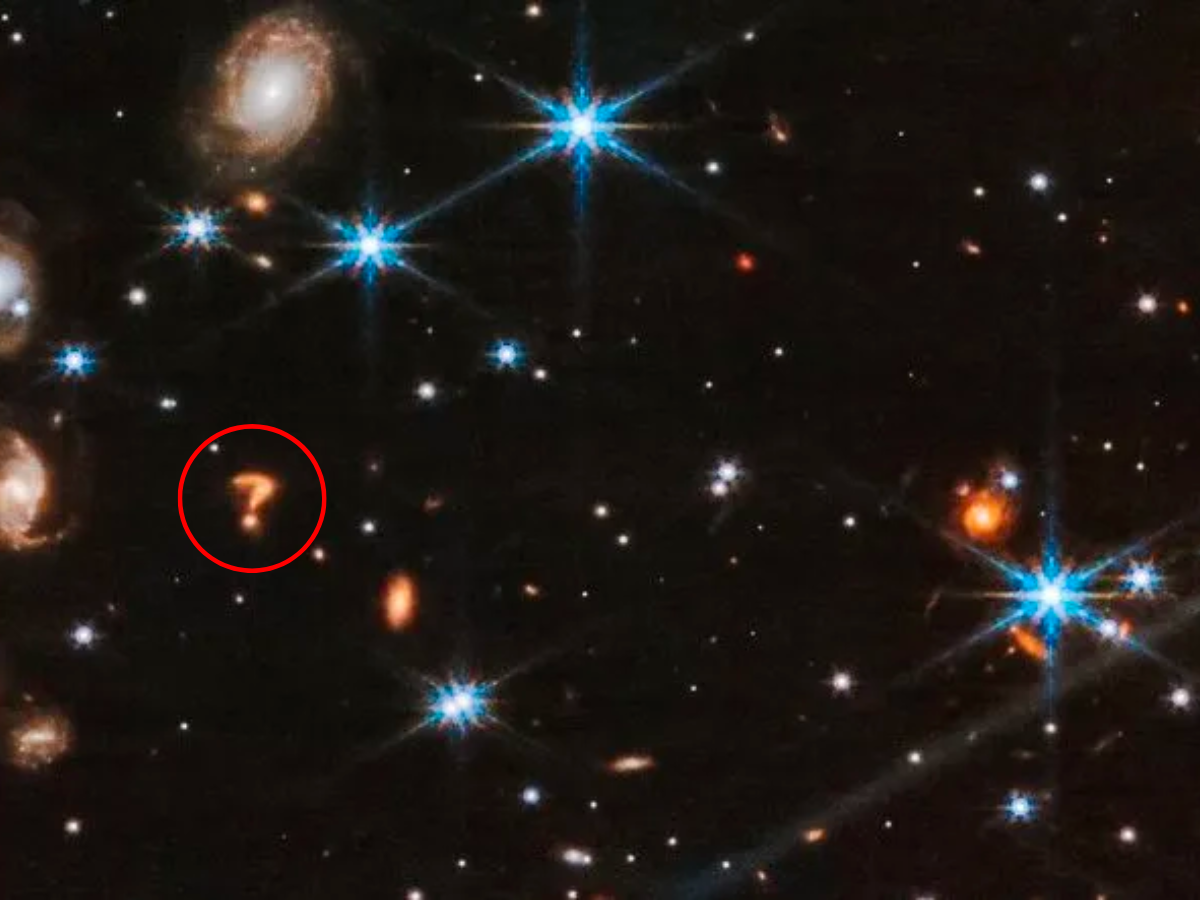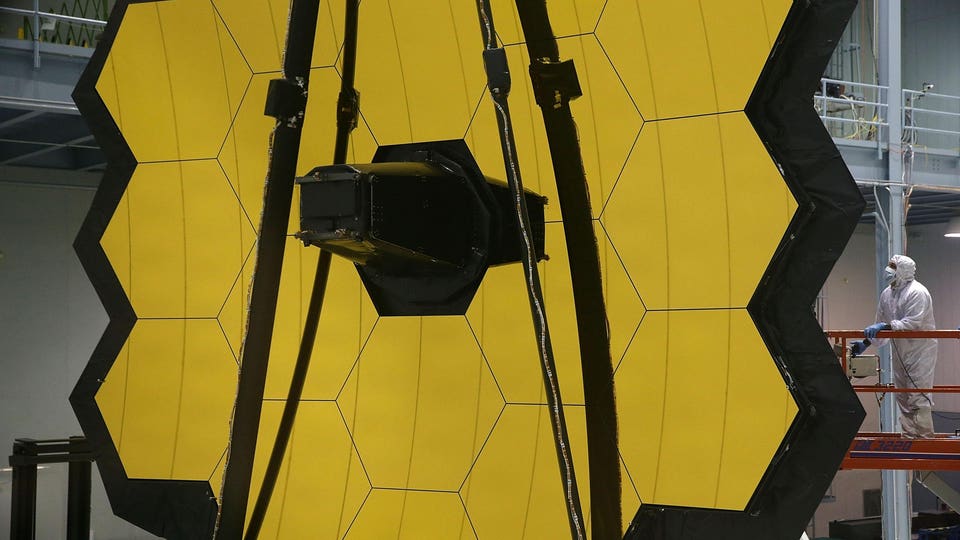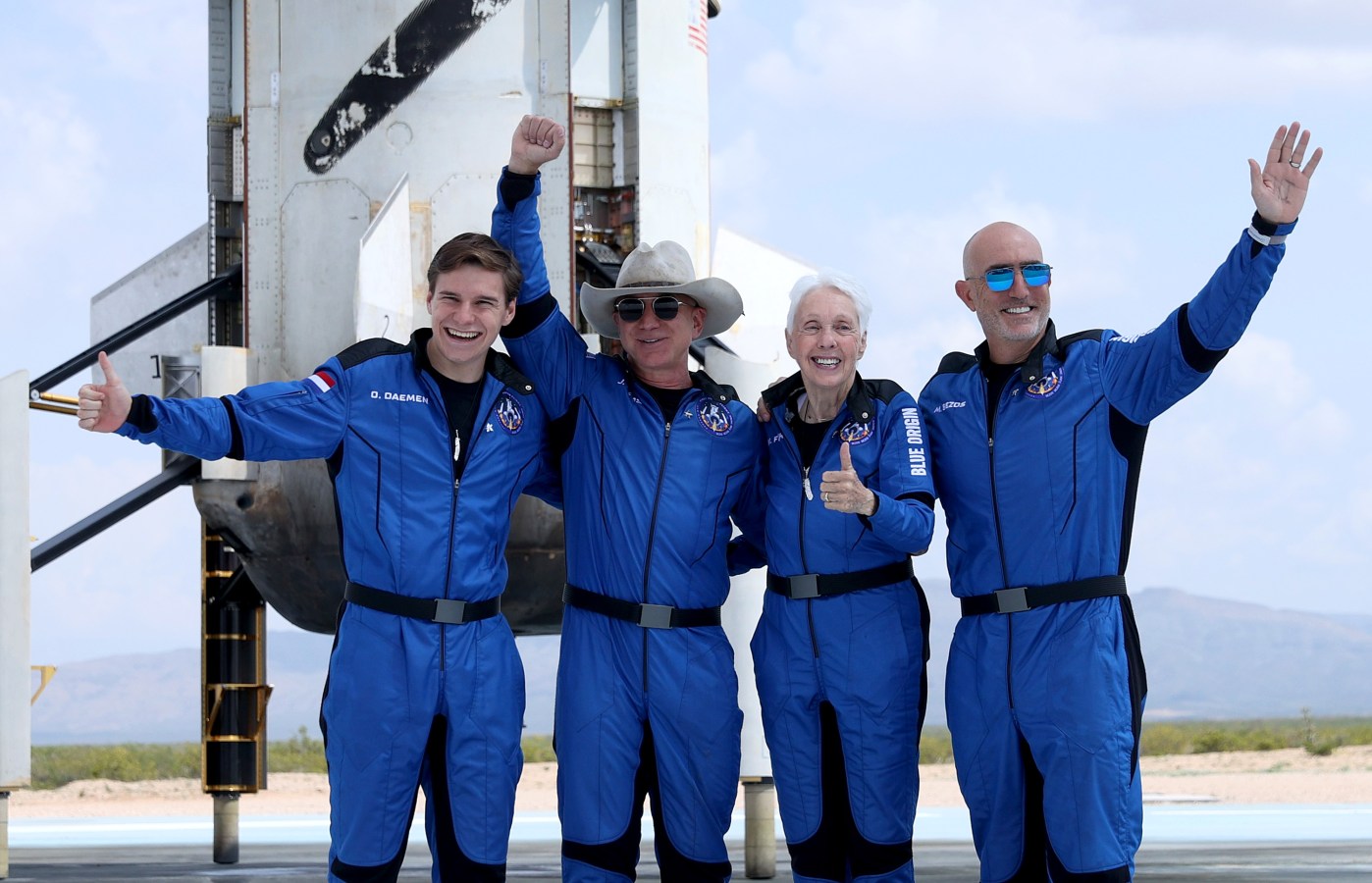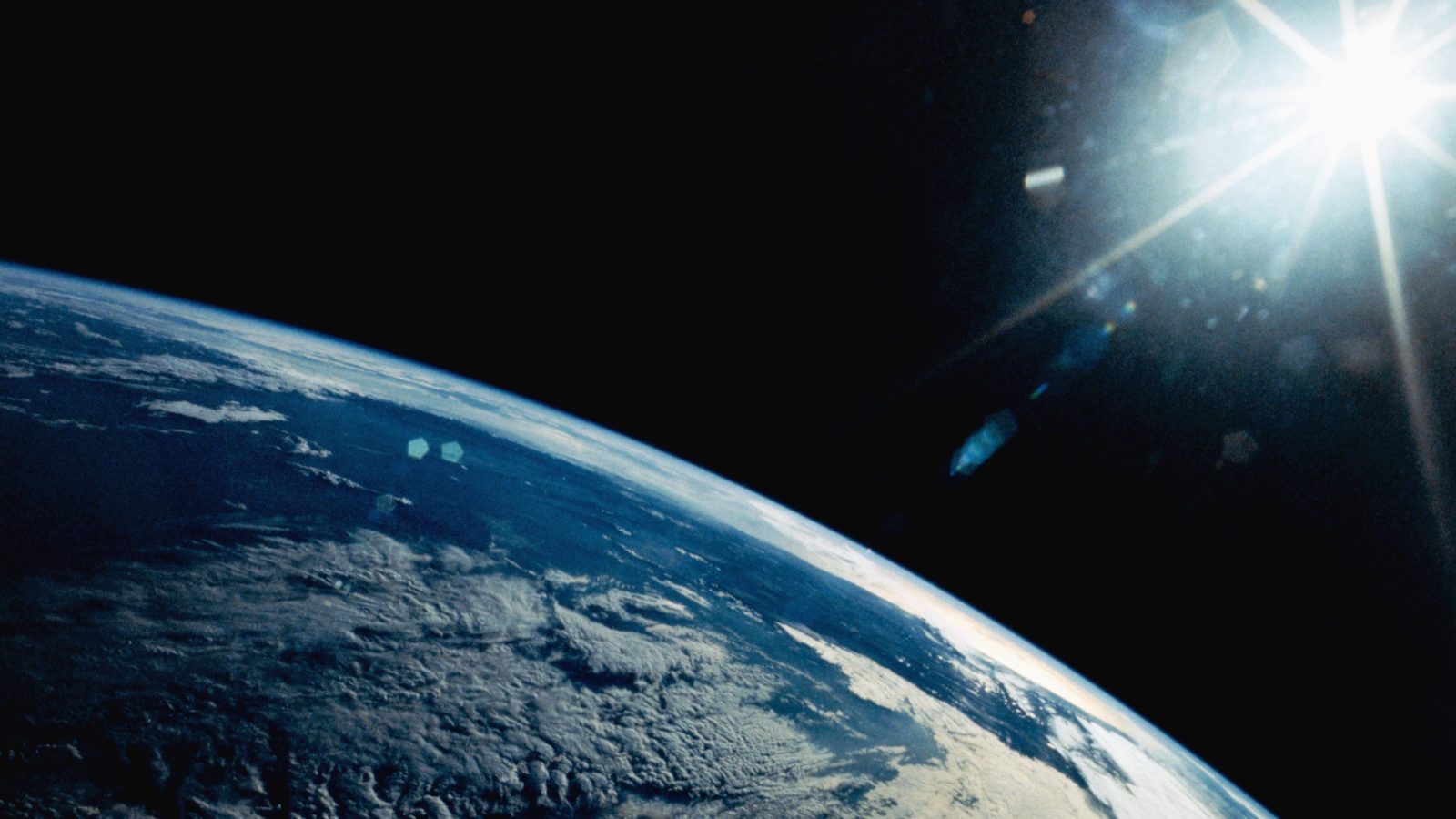From its inception in 1958, NASA has been a symbol of American ingenuity and a force in space exploration. With a history punctuated by monumental achievements and guided by the pursuit of knowledge, NASA continues to push the boundaries of what’s possible. In this piece, we take a deep dive into the rich tapestry of NASA’s past, its present-day endeavours, and the future horizons it aims to explore. Join us as we unpack the intricacies and innovations of this pioneering agency.
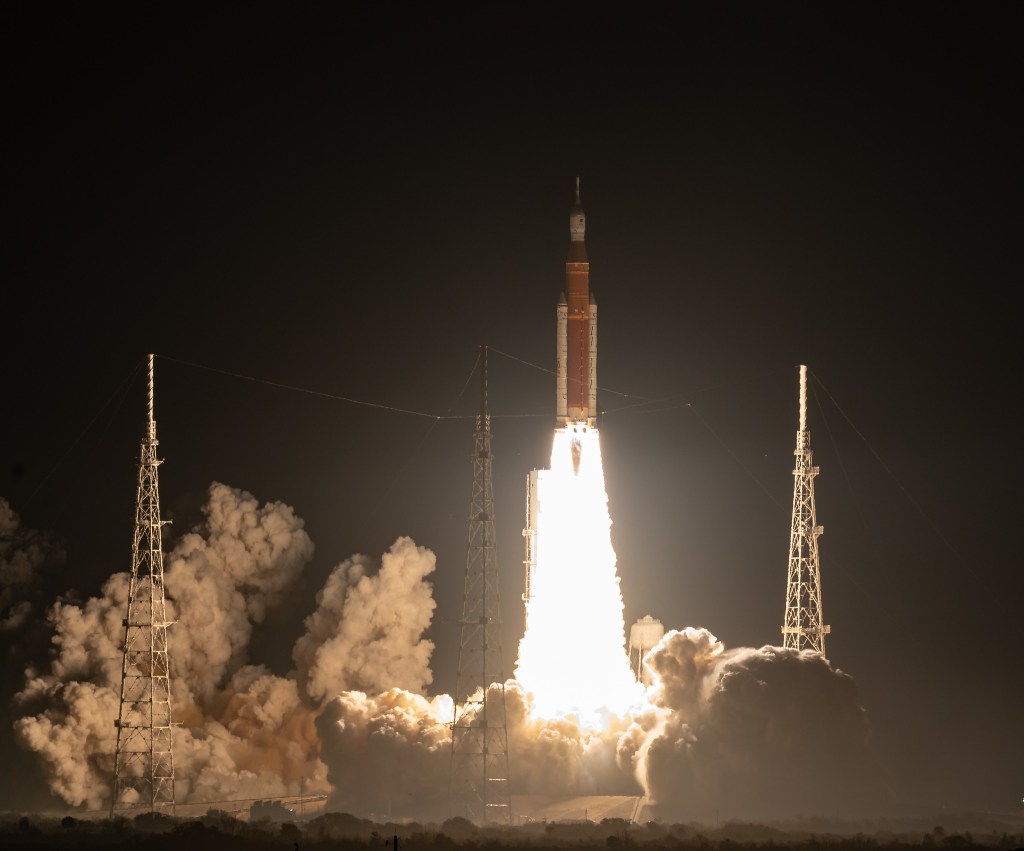
NASA, an acronym for the National Aeronautics and Space Administration, is a U.S. government entity in charge of air and space science and technology. While the Space Age commenced in 1957 with the Soviet satellite Sputnik’s launch, NASA was established a year later, in 1958.
What is NASA’s Role?
While many are somewhat familiar with NASA’s endeavours, the full scope of the agency’s activities might surprise many. Not only do astronauts conduct scientific experiments in space, but satellites also aid in understanding our own planet. Space probes venture out to explore our solar system and the vastness beyond.
NASA’s innovations have revolutionized air travel and various flight dynamics. They’re even embarking on missions to explore Mars, going beyond our moon’s boundaries. Moreover, NASA’s findings are disseminated globally, paving the way for businesses to develop novel “spin-off” products.
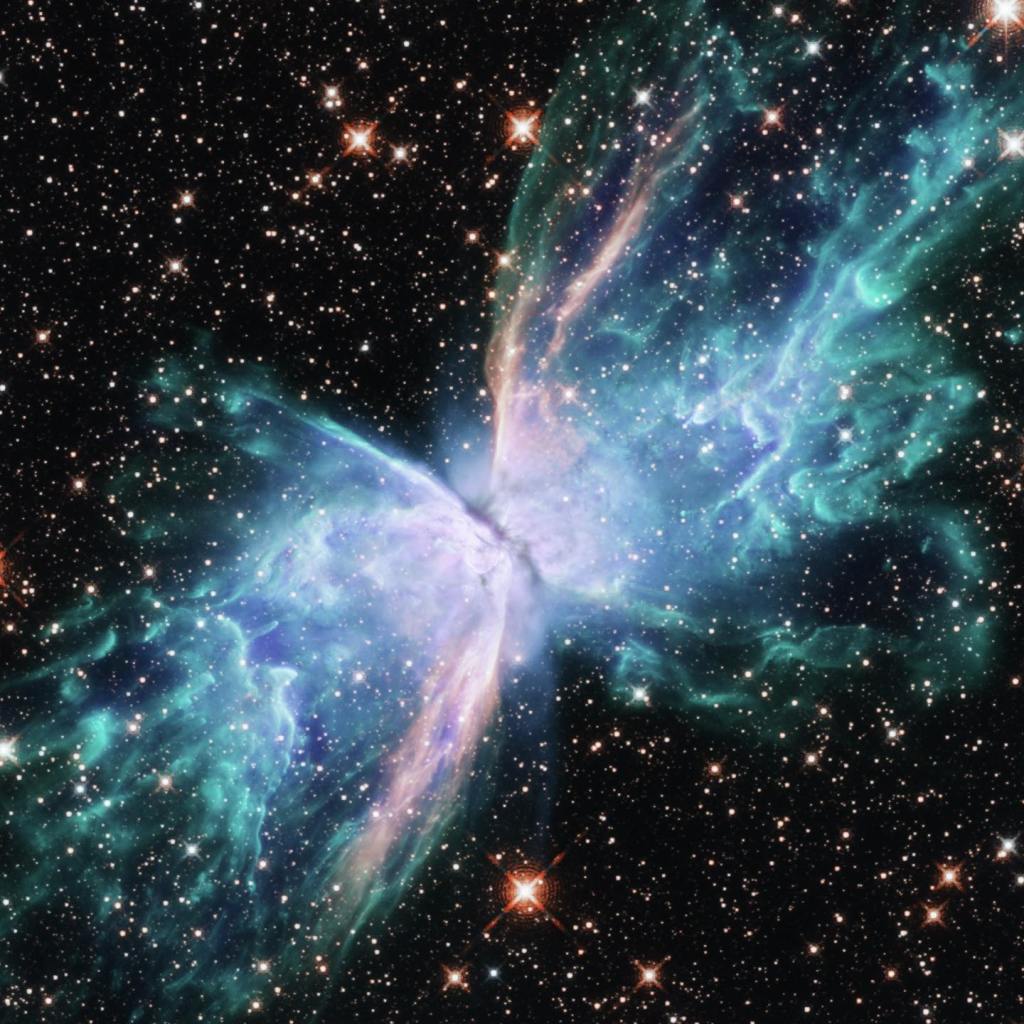
NASA’s Education Division plays a pivotal role in moulding the next generation of scientists, engineers, astronauts, and other space professionals. These individuals will spearhead future voyages into our solar system and the universe at large. Committed to sparking passion and curiosity, NASA invests in initiatives that captivate students, educators, and communities in the thrilling journey of space discovery.
To equip educators, NASA provides training in cutting-edge approaches to teaching STEM subjects. Engaging students in actual NASA missions further fuels their enthusiasm for learning.
What does NASA stand for?
NASA, an acronym for the National Aeronautics and Space Administration, is a U.S. government entity in charge of air and space science and technology. While the Space Age commenced in 1957 with the Soviet satellite Sputnik’s launch, NASA was established a year later, in 1958.
Related
What has NASA achieved so far?
Since its inception, NASA embarked on ambitious human spaceflight initiatives. Through the Mercury, Gemini, and Apollo missions, NASA gained profound insights into space navigation, culminating in the historic lunar landing in 1969. Today, NASA astronauts continue to live and conduct research aboard the International Space Station.
NASA’s robotic explorers have journeyed to every corner of our solar system, visiting all planets and numerous other celestial entities. Advanced telescopes under its aegis peer into distant galaxies, while Earth-observing satellites provide a trove of insights, including a refined grasp of our planet’s weather dynamics.
In the field of aviation, NASA’s expertise has pioneered and trialled groundbreaking aircraft, with some setting unprecedented records. These aviation experiments have played a crucial role in refining modern air travel. Beyond space and aviation, the ripple effect of NASA’s technological innovations can be felt in daily life—from smoke detectors to crucial medical diagnostic tools.
What are some of NASA’s biggest missions?
Year | Space event | Description |
|---|---|---|
1961 | Mercury-Redstone 3 | Alan Shepard becomes the first American in space aboard the Freedom 7 spacecraft. |
1965 | Gemini 4 | Edward H. White II performs the first U.S. spacewalk, lasting 23 minutes. |
1969 | Apollo 11 | Neil Armstrong and Buzz Aldrin become the first humans to land and walk on the moon. |
1971 | Mariner 9 | The first spacecraft to orbit another planet, Mars, and transmit back detailed images. |
1972 | Pioneer 10 | Launched to Jupiter, it became the first spacecraft to travel through the asteroid belt. |
1977 | Voyager 1 & 2 | Twin spacecraft launched to study the outer Solar System and eventually enter interstellar space. |
1981 | STS-1 | The Space Shuttle Columbia’s first flight, marking the beginning of the Space Shuttle program. |
1990 | Hubble Space Telescope | Launched into orbit, Hubble has provided some of the most detailed images of space ever captured. |
2012 | Curiosity Rover Landing | The rover’s mission: to determine if Mars ever was, or is, habitable to microbial life. |
2020 | Perseverance Rover | Landed on Mars to seek signs of past life, collect samples for future return to Earth, and demonstrate tech for future human exploration. |
